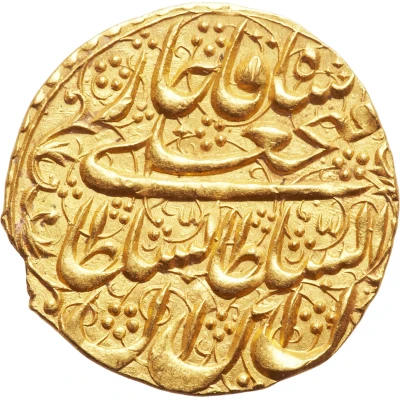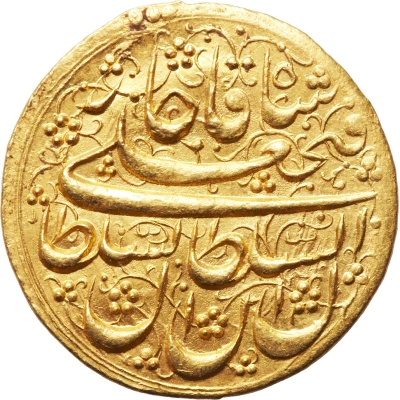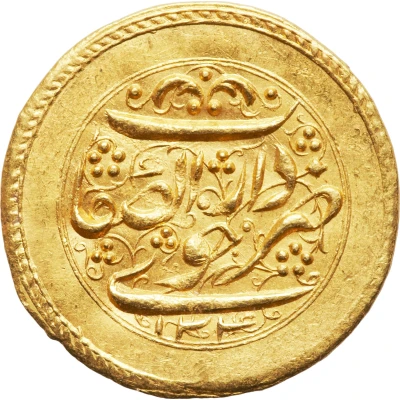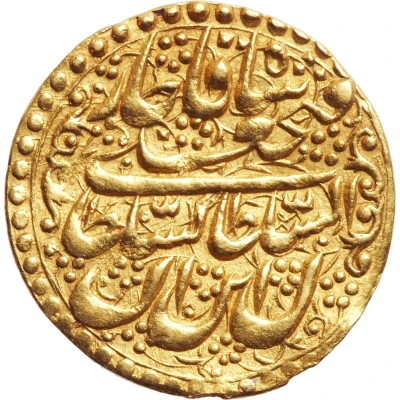
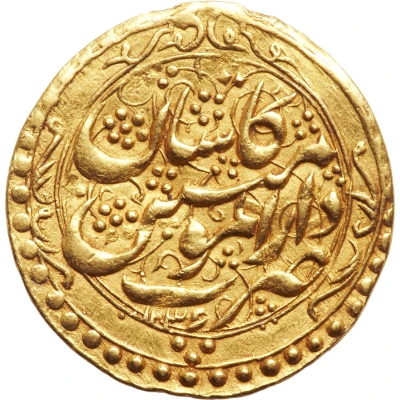

© Heritage Auctions
1 Tumân - Fatḥ Alī Qājār Type W; Kāshān
| Gold | 4.61 g | - |
| Issuer | Iran |
|---|---|
| Shah | Fath-Ali Shah (1797-1834) |
| Type | Standard circulation coin |
| Years | 1232-1239 (1817-1824) |
| Calendar | Islamic (Hijri) |
| Value | 1 Toman (8) |
| Currency | First Rial (1798-1825) |
| Composition | Gold |
| Weight | 4.61 g |
| Shape | Round |
| Demonetized | Yes |
| Updated | 2024-10-05 |
| Numista | N#57948 |
|---|---|
| Rarity index | 97% |
Reverse
Lettering:
ضرب دارالمومنین کاشان
۱۲۳۶
Edge
Plain
Interesting fact
One interesting fact about the 1 Tumân - Fatḥ Alī Qājār (Type W; Kāshān) 1232-1239 (1817-1824) coin from Iran is that it was minted during the reign of Fatḥ Alī Shah Qājār, who was the second Qajar king of Iran and ruled from 1797 to 1834. This coin was part of a new currency system introduced by Fatḥ Alī Shah, which aimed to replace the old currency system that had been in place since the Safavid era. The 1 Tumân coin was equivalent to 100 dinars and was made of gold, which was a significant change from the previous currency system that had used silver as the primary metal. This change was intended to increase the value of the currency and to promote trade and commerce within Iran.
